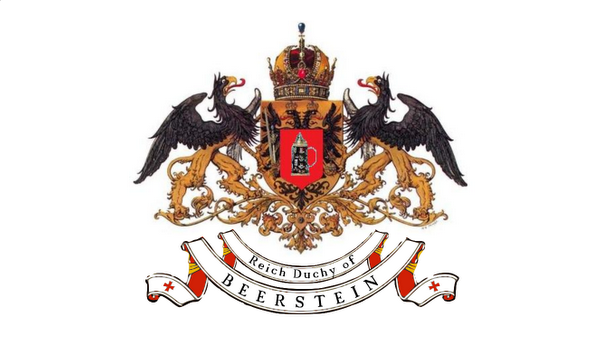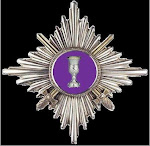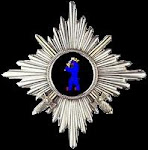Please note the two charts did not space correctly. Center each column under its heading.
Movement: Roll for each unit, one six sided die determines movement in paces.
Die Roll Infantry Artillery Heavy Cavalry Light Cavalry
1 0 0 0 0
2 200 200 300 400
3 300 300 400 500
4 300 300 500 600
5 400 400 600 700
6 400 400 600 800
About face takes ½ movement.
Wheel measure distance from outer side; cannot wheel into an attack.
Artillery: Full move and unlimber
No movement can fire
Limber and move ½ rate.
FIRE: Artillery then musketry
Hit Table Close Range Middle Range Long Range
Artillery 0 to 400 paces 400 to 1200 paces 1200 to 1600 paces
Artillery hits on 4-6 hits on 5-6 hits on 6
Musketry 100 paces N/A 200 paces
Musketry hits on 5-6 N/A hits on 6
Side which has initiative fires first, casualties taken, then defender fires.
Infantry can fire and move, move then fire, but cannot fire then attack.
Targets in woods, buildings, cover or artillery take a saving roll; saves on 1-3.
COMBAT:
Frontal Attack Roll one 6 sided dice per unit morale number; casualties on 6’s.
Flanking Unit Causes Temporary -1 to defender’s current unit morale number.
Flanking Attack Unit Flank attacking unit hits on 5 or 6.
Leaders have a command radius of 100 paces per each original unit in his command.
Attached leaders add 1 dice for firing and 2 dice for combat.
Attached leaders must make a casualty test if unit takes casualties; 1 he is killed, 2 he is wounded.
If combat results in an equal number of casualties; the units remain locked in combat.
Loser of combat withdrawals 400 paces, infantry winner can remain occupy the loser’s position.
Winning cavalry can either advance or withdraw up to 400 paces, but cannot engage again.
Artillery, light infantry or light cavalry can evade attacking unit by rolling their unit number or less.
If unit number falls to 2 or less, it can no longer attack.
Sauvé qui peut = Voluntary withdrawal anytime before normal movement.
Impacts: Permanent loss of one unit number.
May withdraw facing enemy; 600 paces for infantry and artillery, 800 paces for heavy cavalry, and 1200 paces for light cavalry.
Recovery occurs at the end of each turn.
Each unit must be at least 300 paces from any enemy to try.
Recover one moral point with a roll of 1-3.
Unit morale starts at 5 for trained troops, 6 for veteran troops, 7 for elite troops, and 8 for guards.
Subscribe to:
Post Comments (Atom)

















3 comments:
Interesting I may have to 'recenter' your lists.
Quick question, how long is a 'pace' in your system?
Please do recenter it because I'm not clever enough to do it. A pace can be whatever distance you want. We use 2" to a pace. Mounting can be wantever you want as long as all similiar troop types have the same frontage. Thanks...Bill
That's 2" to 100 paces!
Post a Comment